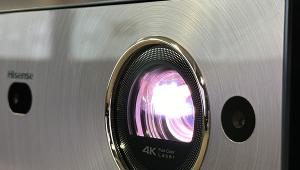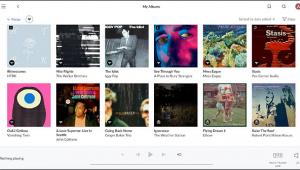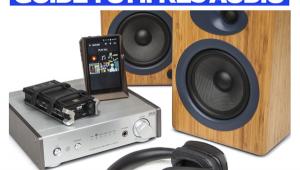How High Tech Brings the Rock & Roll Hall of Fame to Life Page 2
If content control and delivery are the heart of the Rock & Roll Hall of Fame, the displays, touchscreens, and sound systems scattered throughout the museum are its critically important soul that delivers the emotional experience. These too have evolved, with displays moving to high definition and improvements made to audio gear that have resulted in better sound and more reliable operation for guests.



Although the hall uses a variety of equipment vendors throughout the venue, it is only recently that it has, for the first time, engaged a dedicated audio partner in the venerable Klipsch, who, along with the Hall, saw great synergies in both a shared audience demographic and the historical message they promote around music and music reproduction.
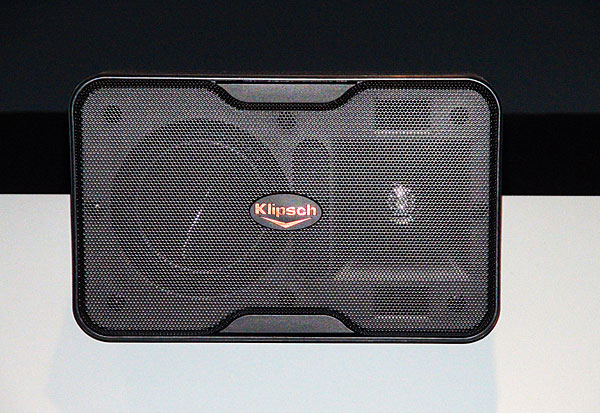
Critically, Klipsch’s gear was a good technical fit for dealing with the Hall’s unique acoustic challenges. Trey Cannon is the Klipsch engineer assigned to work with Weil and his team. “Our job was to take a look at what they were currently using and how they were using it and come up with product that would equal or surpass it in terms of frequency response, bandwidth, and controlled directivity. And those are the things that we try always to do right.” Some two years into their partnership, most of the exhibit space has now been retrofitted. It’s a considerable quantity of kit that includes about a dozen pair of Pro CP-6T and Pro CP-4T 70-volt indoor/outdoor distributed audio speakers, 16 Reference R-20B soundbars, and about a hundred pair (really) of Reference On-Ear headphones.
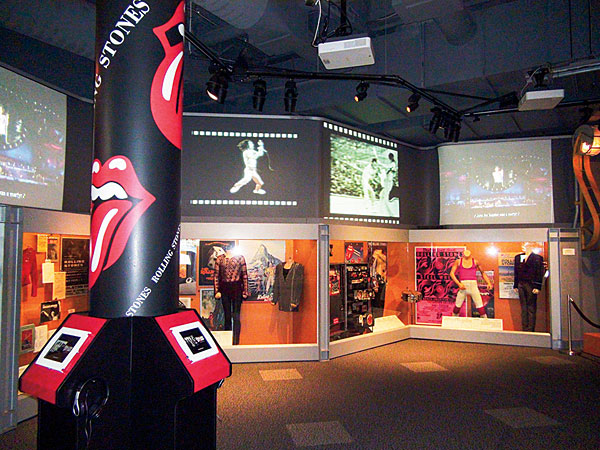
Sound-bleed between adjoining exhibits is a major concern at the museum, and the focused directionality of Klipsch’s trademark horn tweeters have proven quite helpful. Nowhere was that more evident to me than in the Cities and Sounds exhibit, a winding gallery that includes seven adjoining showcase windows, each representing an important city in rock history and filled with artifacts from artists associated with those towns (Memphis, Detroit, London, San Francisco, et al.). Each case has its own display monitor and video loop, supported by down-firing CP-6Ts (5.25-inch woofer, 0.75-inch aluminum-dome tweeter in a 90 x 90-degree Tractrix horn). Remarkably, despite just 15 feet separating each speaker pair and only modest sign pillars to block sound between the displays, each audio presentation remained focused and largely free of interference from the neighboring windows.

The Klipsch soundbars provide the benefit of local, onboard amplification along with the same directionality and are used to support standalone video screens as well as some kiosks throughout the museum. Cannon points out that the Hall’s version of the R-20B has been modified—all buttons were removed from the front panel to prevent meddling by curious guests, and the Bluetooth receiver has been deactivated for the same reason. Likewise, the Reference headphones used throughout the space have a cord that lacks that product’s usual phone-friendly mic and volume control.
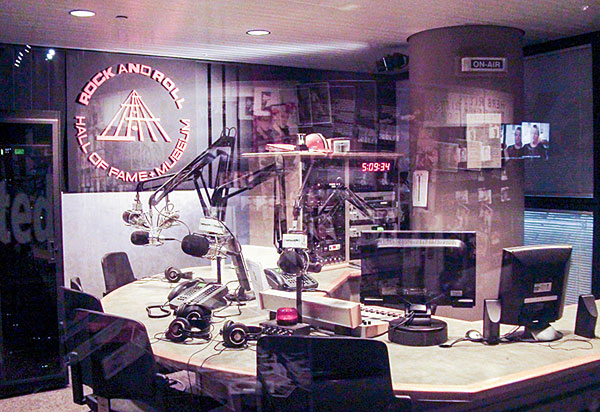
But while these ’phones are among the best sounding and most durable they’ve installed through the years, Weil says, they’re not immune to the “stroller effect” (which should be self-explanatory). Despite all the sophisticated tech at the Hall, “our biggest challenge every day is just making sure all the headphones actually have a working left and right,” he notes, adding that this is the one piece of information that can’t be monitored by the central controller. For now, he still has to rely on the museum’s floor staff to physically check each headphone. “I don’t have a computer yet that’s that smart,” he says.
Related story: "The Rock & Roll Hall of Fame Surrenders to Cheap Trick"
- Log in or register to post comments

